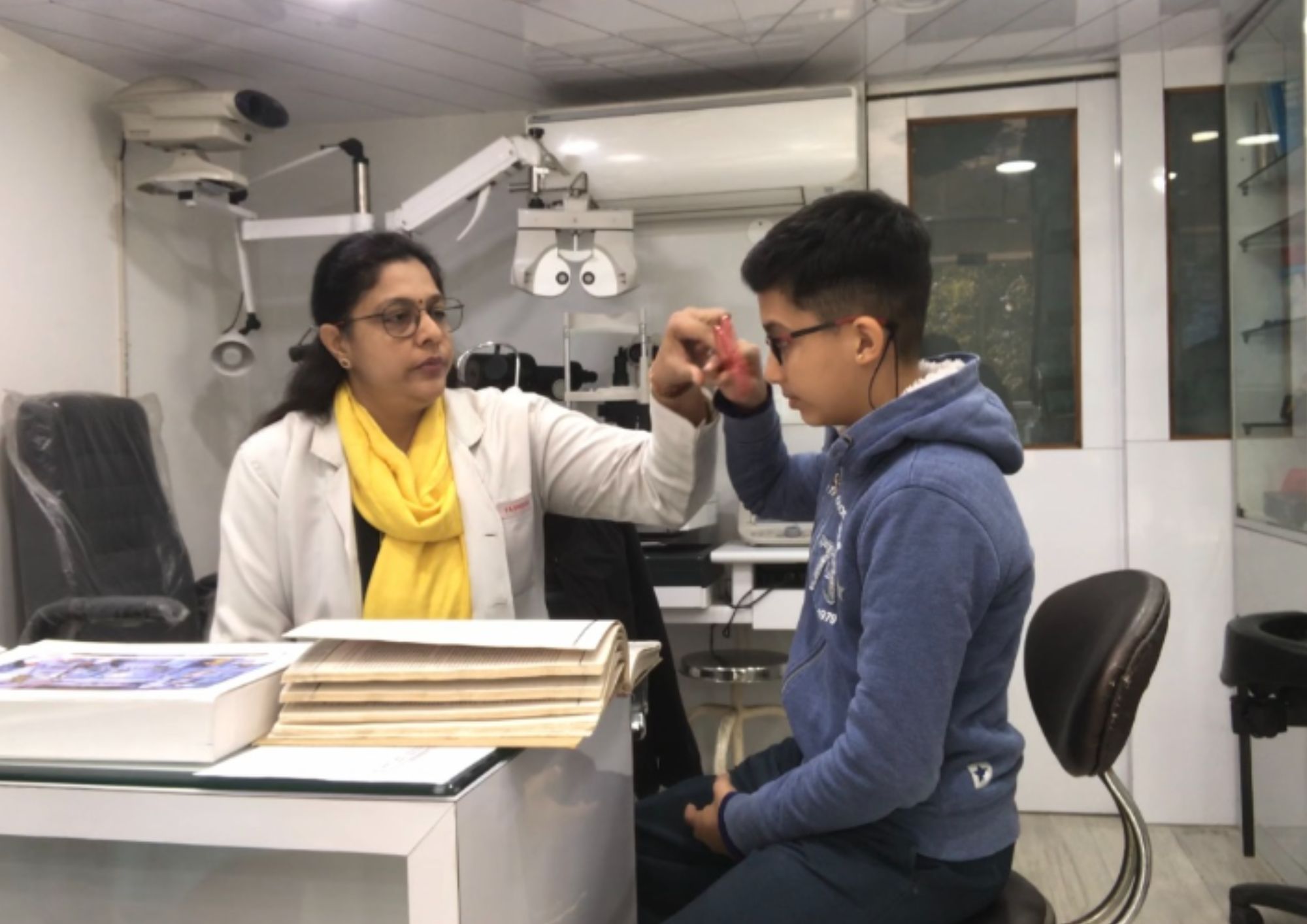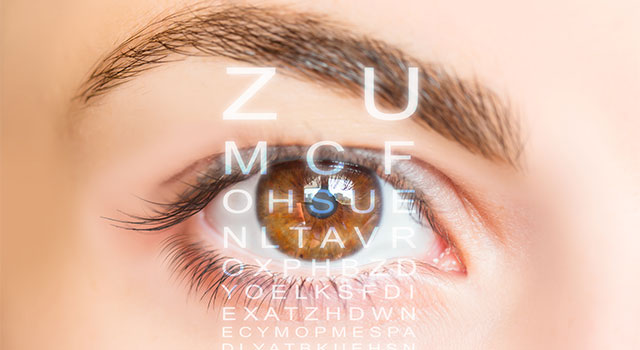Locate the Best Glaucoma Service Near Me: Expert Eye Care Solutions
Locate the Best Glaucoma Service Near Me: Expert Eye Care Solutions
Blog Article
The Function of Advanced Diagnostic Equipment in Identifying Eye Disorders
In the realm of ophthalmology, the application of sophisticated diagnostic devices has transformed the early identification and monitoring of numerous eye disorders. From spotting subtle modifications in the optic nerve to checking the development of retinal diseases, these technologies play a crucial duty in improving the accuracy and efficiency of detecting eye conditions. As the need for precise and prompt diagnoses remains to expand, the combination of advanced tools like optical comprehensibility tomography and visual field screening has become vital in the world of eye care. The complex interplay between technology and ocular methods not only drops light on elaborate pathologies but likewise opens doors to customized treatment approaches.
Significance of Very Early Diagnosis
Early diagnosis plays a pivotal role in the efficient administration and therapy of eye conditions. By identifying eye disorders at an early stage, healthcare companies can use proper treatment plans customized to the details problem, inevitably leading to far better end results for individuals.

Modern Technology for Spotting Glaucoma
Innovative analysis innovations play an important role in the early detection and tracking of glaucoma, a leading source of permanent loss of sight worldwide. One such innovation is optical comprehensibility tomography (OCT), which gives detailed cross-sectional photos of the retina, enabling the measurement of retinal nerve fiber layer thickness. This dimension is essential in assessing damages triggered by glaucoma. Another advanced device is aesthetic area screening, which maps the level of sensitivity of a person's visual field, helping to find any kind of locations of vision loss feature of glaucoma. In addition, tonometry is made use of to determine intraocular pressure, a major risk element for glaucoma. This test is important as raised intraocular pressure can result in optic nerve damages. More recent modern technologies like the use of artificial intelligence formulas in analyzing imaging information are showing promising results in the early detection of glaucoma. These advanced analysis tools enable ophthalmologists to detect glaucoma in its onset, enabling for timely treatment and better monitoring of the illness to stop vision loss.
Function of Optical Comprehensibility Tomography

OCT's capability to evaluate retinal nerve fiber layer thickness permits accurate and objective measurements, aiding in the early discovery of glaucoma also before aesthetic field flaws emerge. OCT technology permits longitudinal tracking of structural adjustments over time, helping with tailored treatment plans and timely interventions to assist maintain people' vision. The non-invasive nature of OCT imaging also makes it a favored selection for monitoring glaucoma progression, as it can be repeated routinely without creating discomfort to the individual. On the whole, OCT plays an essential role in improving the diagnostic accuracy and administration of glaucoma, inevitably adding to far better outcomes for individuals at risk of vision loss.
Enhancing Medical Diagnosis With Visual Area Screening
A crucial part in thorough ocular examinations, visual area screening plays a crucial duty in boosting the diagnostic process for various eye problems. By analyzing the complete degree of a client's visual area, this examination offers important details concerning the functional honesty of the whole visual pathway, from the retina to the aesthetic cortex.
Visual field screening is especially useful in the diagnosis and monitoring of problems such as glaucoma, optic nerve conditions, and various neurological diseases that can impact vision. Via measurable measurements of outer and central vision, clinicians can identify subtle changes that might suggest the visibility or development of these disorders, also before recognizable signs take place.
Furthermore, visual field testing permits the surveillance of therapy efficacy, aiding ophthalmologists tailor restorative treatments to individual people. eyecare near me. By tracking modifications in visual area performance over time, doctor can make educated choices about readjusting medications, suggesting surgical interventions, or applying other suitable actions to protect or boost a patient's visual feature
Managing Macular Degeneration

Conclusion
To conclude, advanced diagnostic tools play a vital duty in recognizing eye problems early on. Technologies such as Optical Coherence Tomography and aesthetic field testing have actually substantially boosted the precision and efficiency of diagnosing conditions like glaucoma and macular degeneration. Early detection enables prompt treatment and monitoring of these problems, inevitably bring about far better end results for patients. It is important for healthcare specialists to stay updated on these improvements to provide the ideal feasible treatment for their people. eyecare near me.
Report this page